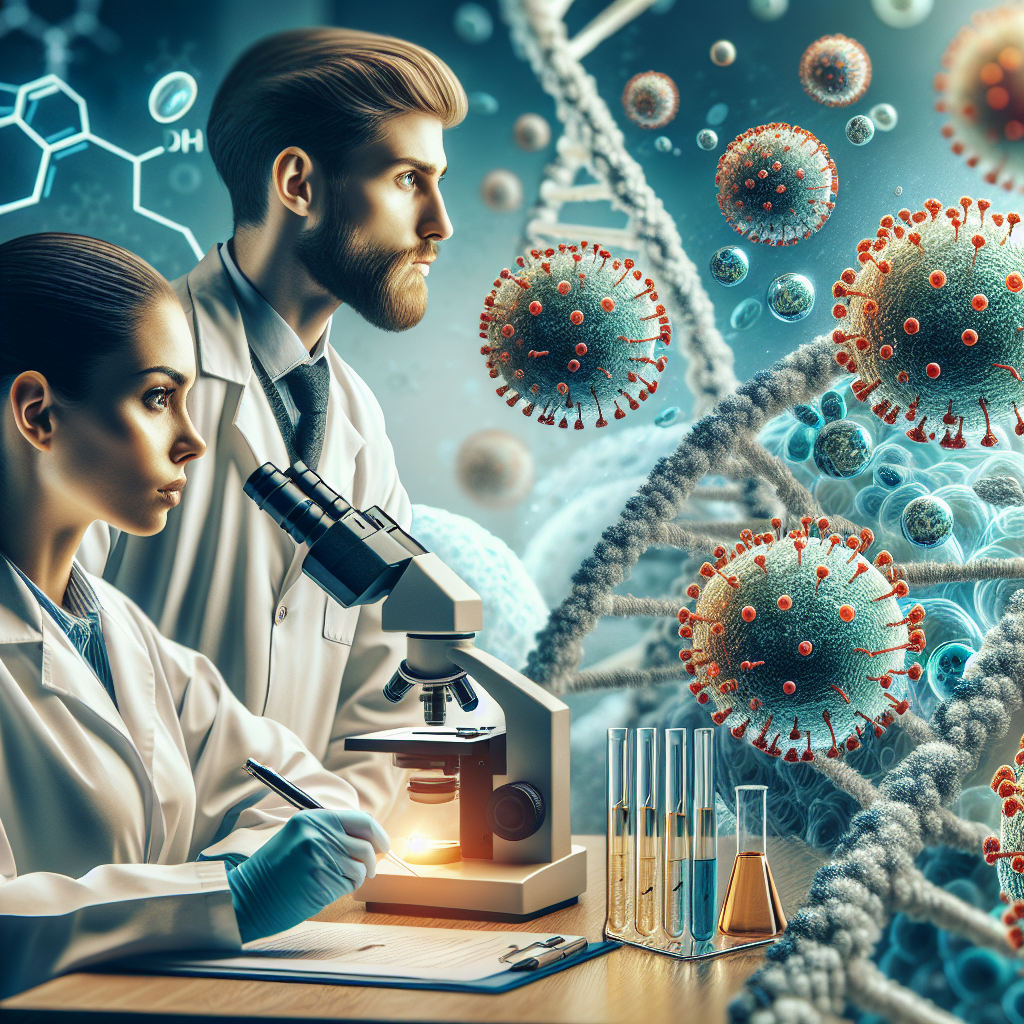The role of viruses in gene therapy is transforming the landscape of medical treatments, offering hope for conditions previously deemed incurable. Imagine a world where genetic disorders, once a life sentence, can be rewritten and treated. This prospect is not just a dream; it’s a burgeoning reality made possible by the innovative use of viruses. These microscopic entities, often viewed solely as harmful pathogens, are now being repurposed as cutting-edge tools in gene therapy. This article delves deeply into how viruses are playing a pivotal role in revolutionizing gene therapy, exploring the challenges they overcome and the advanced methodologies they embody.
The Intersection of Virology and Gene Therapy Innovations
In the quest for effective treatments for genetic disorders, the convergence of virology and gene therapy is proving to be a groundbreaking development. Viruses possess innate abilities to infiltrate cells and deliver genetic material, a trait that researchers are harnessing to correct defective genes. The most common approach involves using modified viruses to transport therapeutic genes into the target cells. This technique utilizes the virus’s natural mechanisms to ensure efficient gene transfer, thus laying the groundwork for successful treatments.
Moreover, the integration of viral vectors in gene therapy has led to significant advancements in the field. For instance, adeno-associated viruses (AAVs) are now widely recognized for their safety and efficacy in delivering genes without eliciting strong immune responses. This nuanced understanding of viral behavior not only underscores the adaptability of these entities but also highlights their potential to tackle complex conditions such as muscular dystrophy and cystic fibrosis. Insights from virology are allowing researchers to refine these vectors, enhancing their precision and reliability.
As the landscape of gene therapy evolves, the continued collaboration between virologists and geneticists is opening new frontiers. The design of next-generation viral vectors, informed by the latest discoveries in virology, is a testament to the innovative spirit driving the field forward. By embracing the complexities of these microscopic agents, scientists are not just improving existing therapies but are also paving the way for novel treatments that could change the prognosis for many patients.
Harnessing Viral Mechanisms for Effective Gene Delivery
Understanding the intricate mechanisms employed by viruses to infect cells is crucial in optimizing gene delivery methods. Viruses have evolved sophisticated strategies for cell entry, replication, and dissemination. By decoding these mechanisms, researchers can design viral vectors that effectively bypass cellular defenses while delivering their therapeutic payload. This knowledge is essential in ensuring that gene therapy not only reaches its target but also functions correctly within the cellular environment.
One of the revolutionary techniques in this domain involves the engineering of viruses to enhance their specificity and efficiency. Scientists are modifying viral capsids—the protein shells of viruses—to improve their ability to recognize and bind to target cells. This targeted approach minimizes off-target effects, maximizing the therapeutic benefits while reducing potential side effects. Furthermore, the application of synthetic biology techniques is allowing the creation of bespoke viral vectors tailored for specific diseases, a development that was unimaginable a decade ago.
Additionally, the ongoing research into the immunogenicity of viral vectors is crucial for their successful application in gene therapy. Understanding how the immune system interacts with these vectors can lead to strategies that mitigate immune responses, thereby enhancing the longevity and effectiveness of the delivered genes. This intricate balancing act between efficacy and safety is the cornerstone of developing sustainable gene therapy solutions. The insights gained from this area of study are informing clinical trials and treatments, ensuring that the role of viruses in gene therapy continues to evolve and improve.
The role of viruses in gene therapy is not just a fascinating scientific endeavor; it represents a paradigm shift in how we approach genetic diseases. As researchers continue to uncover the potential of viruses as therapeutic agents, the possibilities for patient care expand exponentially. The future of medicine may well hinge on our ability to innovate at the intersection of virology and genetic engineering. For those with a vested interest in these developments—be it as patients, caregivers, or healthcare professionals—staying informed about these advancements is essential. The journey toward better health outcomes through gene therapy is just beginning, and the contributions of viruses will be pivotal in shaping that future. Engage with the ongoing research, advocate for advancements, and consider how these cutting-edge therapies might impact your life or the lives of those you love.
Essential Strategies for Preventing Viral Infections EffectivelyEssential Strategies for Preventing Bacterial InfectionsUnderstanding the Mechanisms of Virus and Bacteria TransmissionRelevant LinkRelevant LinkRelevant LinkUnderstanding Lower Back Pain Linked to COVID-19: Insights and ManagementUnderstanding COVID-19: Navigating Loss of Appetite ChallengesUnderstanding COVID Laryngitis: Symptoms, Causes, and TreatmentRelevant LinkRelevant LinkRelevant Link
